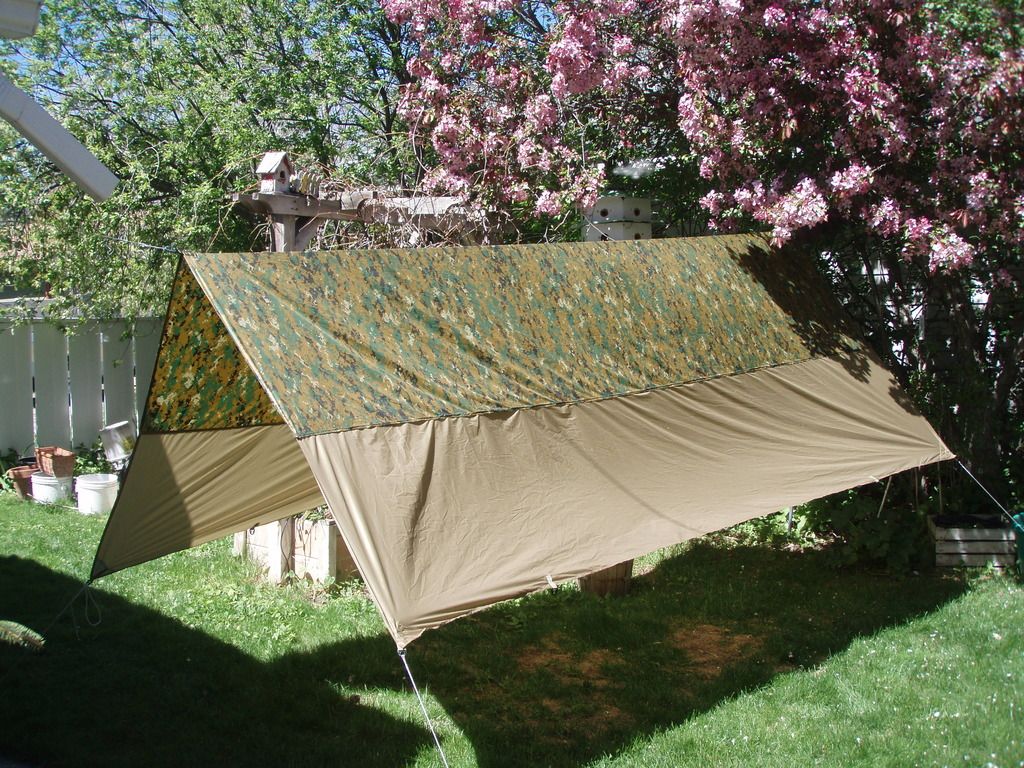Am planning on building a winter tarp using some 2nd quality 1.1 silpoly XL from ripstop. the fabric looks great and the only imperfections that I have found are a couple extra "globs" of silicon on the shiny side of the fabric.
My first DIY tarp was a .9 Membrane PU with a flat-felled/french seam hybrid. It looks good on the exterior, except for some wandering straight lines. The interior seam is kind of ugly, but has not leaked after seam sealing.
I am planning on using a standing french seam that I have seen done by a number of you and looks like what is done on my WB superfly. This method should not require any seam sealing and has a "cleaner" look. However, I am a little confused on the steps required and want a clear plan before I start cutting and sewing
I have tried to illustrate the steps the attached diagram.
Here are my questions:
1. What are the issues with simply attaching the poly ribbon after step 3?
2. If #1 is not recommended, what about skipping step 4 and attaching the poly ribbon without first enclosing the folded over material?
any suggestions or advice will be greatly appreciated
Standing French Seam.jpg




 Reply With Quote
Reply With Quote









Bookmarks